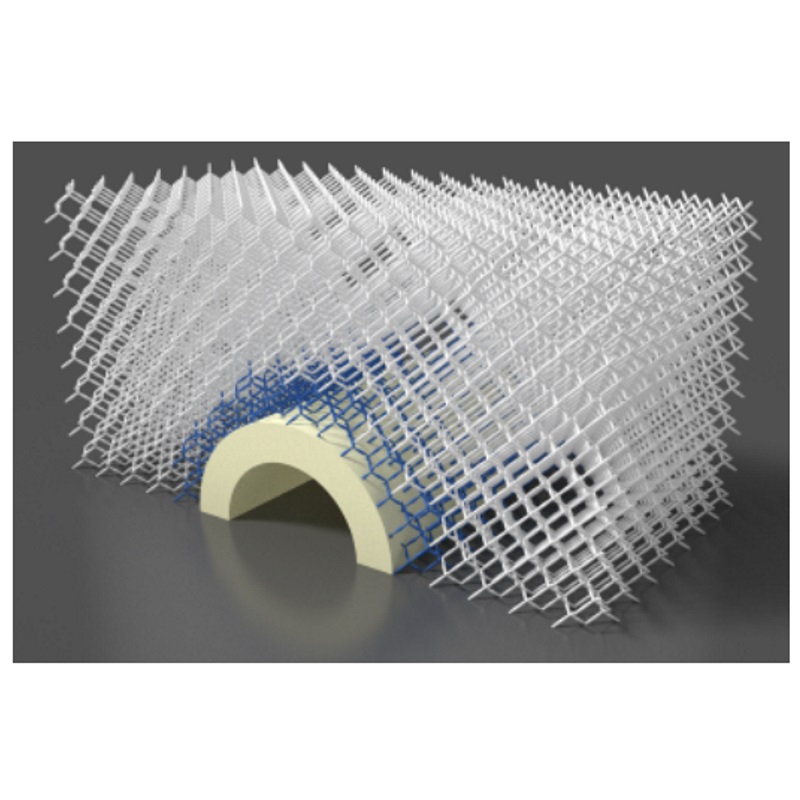To celebrate 350 years of scientific publishing, we are inviting our readers to tell us about their favourite papers from the Royal Society archive. Today Sebastien Guenneau, Director of Research at CNRS and member of the Editorial Board of Proceedings A, tells us about a very recent paper that builds on an exciting idea.

In the natural world, rays of light are sometimes bent when they pass through air layers of different temperatures, for example one of the most unusual mirages (called the Fata Morgana after the fairy Morgana from the Arthurian Legend) bends light rays in such an extreme way that on hot days boats appear to levitate above the sea. In 2006 Sir John Pendry published a revolutionary idea showing how to bend light around an object with a metamaterial shell. Since then, physicists have designed a variety of “invisibility cloaks” for electromagnetic waves. The latest issue of Philosophical Transactions A looks at some of these applications.
The beauty of Pendry’s idea is that it allows matter to be engineered in such a way that light follows curved trajectories in metamaterials which are associated with geodesics in a transformed space. In the realm of transformational optics, one can envision many kinds of mirages, simply by distorting the space metric in what amounts to fabricating heterogeneous anisotropic media (also called metamaterials since they have been conceptualized and engineered by mankind). For instance, an invisibility cloak is designed by the blowup of a point which compresses the space surrounding a hole, and this in turn leads to a metamaterial shell with concentric layers of varying refractive index. However, there is more to transformational optics: distorting the space metric allows many types of wave trajectories to be controlled, such as sound, water or even mechanical waves.
There are of course mathematical subtleties. For one thing, the Navier equations that govern propagation of mechanical waves do not behave nicely under space transforms (unlike Maxwell’s equations of electromagnetism which are transformation invariant) and this leads to mechanical metamaterials with very strange properties, such as those studied in the paper by Martin Wegener’s group. This team of researchers has used similarities between wave equations in optics, acoustics and mechanics, as well as with equations of thermal and light diffusion, to design, fabricate and experimentally characterize a variety of invisibility cloaks and carpets that represent the current state of the art in transformational physics.
